June 12, 2015
By: Alejandro Heredia
Today started with a quick lecture on the article “Fortified Enclaves: The New Urban Segregation” by Teresa P.R. Caldeira. In her article, Caldeira argues that the presence of privatized, gated communities promotes class separation. This is to say that since these gated communities are often very self-sufficient, higher class people don’t have to leave these spaces very often, and therefore seldom interact with lower class people. We also talked about the ways in which this class separation perpetuates stereotypes about lower class communities.
After our lecture, we had an impromtu visit from the President of the International Storytelling Center, Kiran Singh Sirah. Yesterday, Rob had a long conversation with him about his life and work, and when he told the group about their conversation, we were excited to ask if he could talk to us the next day, before he left the hostel. Kiran first told us his story, which began with his Indian parent’s immigration from Uganda to England before he was even born. He also told us about the prejudices that he experienced as a brown boy in England, and how his own experiences with racial oppression inspired him to work against injustice in his adult life.
Kiran’s work revolves around advocacy for storytelling in the realm of social justice, particularly as a tool for conflict resolution. He told us that one of the only things that can change a group’s strict views of another is by sitting in a room and experiencing their individual stories through mediums like visual art, poetry, music, or dance. Among his many accomplishments as a teacher, curator, and artist, in 2012, Kiran was invited to give an address at the United Nations Headquarters titled “Telling Stories That Matter.”
I was particularly moved by Kiran’s conversation with us because his work aligns with the work I hope to do in the world. As a poet and fiction writer, I write to liberate myself first, but I also write to guide others to liberate themselves. When I leave Dickinson, I want to provide creative spaces for New York City youths to write about their experiences and help them imagine the kind of world they want to live in. It was an honor to meet someone who uses storytelling and art to lessen social justice issues that affect oppressed communities around the world.
After lunch with Kiran, we left him to visit two museums. The first, Museu da Língua Portuguesa, featured the history of the Portuguese language, especially Brazilian Portuguese. It also demonstrated that Brazilian Portuguese has Italian, African, Japanese, and indigenous influences, due to the large diversity of the Brazilian population.
We also visited Pinacoteca de São Paulo, a modern art museum right across the street from Museu da Língua Portuguesa. The permanent exhibition at the museum aims to highlight over 300 years of Brazilian art, from the colonial period to the mid-twentieth century. Two of the pieces that stuck out the most to me were “Africa” and “America,” by Stephan Kesller. These paintings were made in the 1600s, and they depict European contact with African and Native American communities, respectively. In “Africa,” the artist depicts a peaceful encounter between a European and an African man, and they are surrounded by symbols and participants of “African” culture. First, this painting conflates the entirety of the continent into a homogenous “African” culture. The painting also suggests that interaction between these two groups was as peaceful as the painting depicts.
The second painting shows a similar interaction between the European and Indigenous populations. In addition, in the center of the painting, there is a fire pit cooking human body parts. This perpetuates the stereotype that indigenous people around the world are cannibalistic, wild people that needed to be guided by European powers. As we left the museum, I thought about people of color’s long history of oppression, and how much work still needs to be done today to continue to liberate the most disenfranchised individuals in our communities.
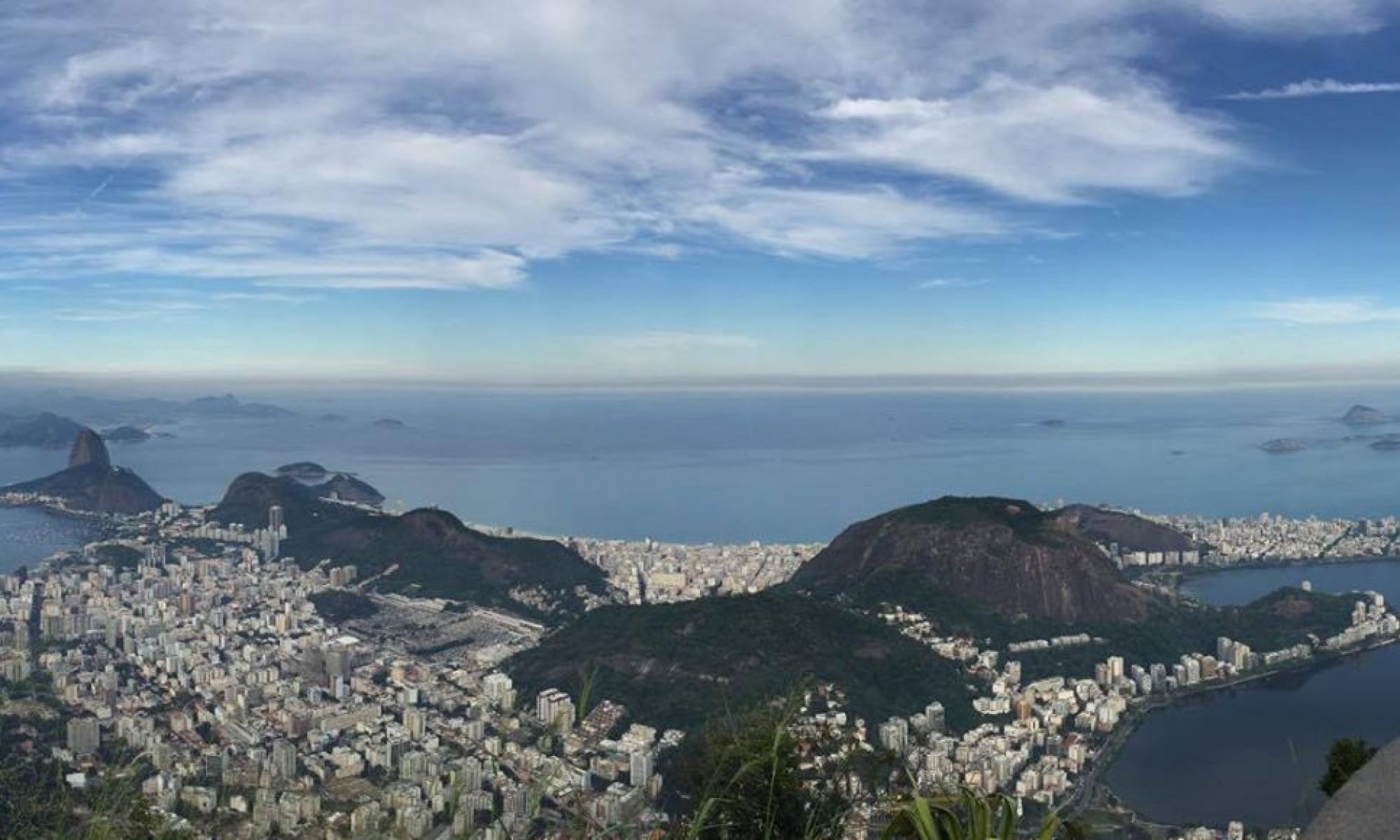
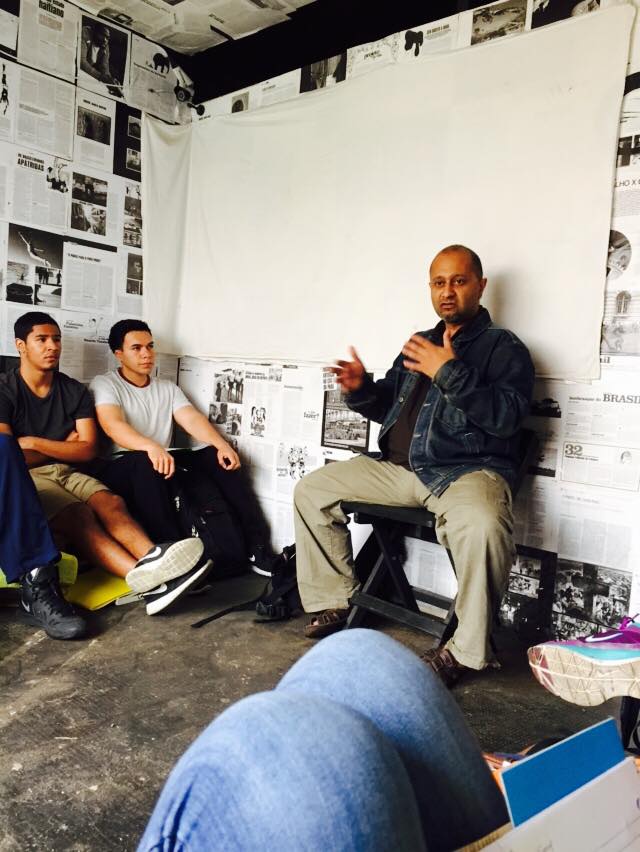
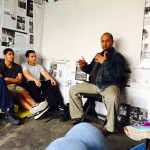
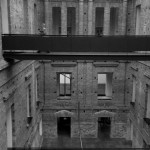

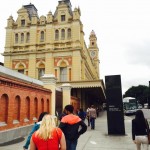
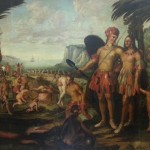
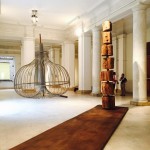
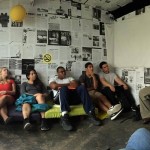
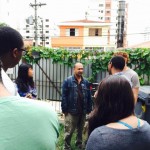
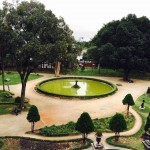
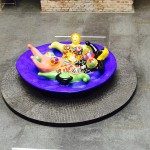

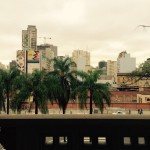
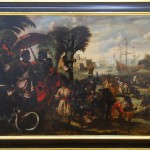
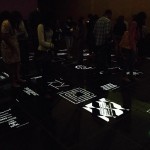

this is wonderful. I am so glad that we all got to meet and share our stories! thank YOU all for what you do and for writing this excellence blog!